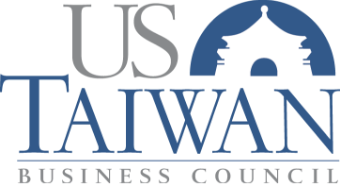Report:
“The Balance of Air Power in the Taiwan Strait”
(Arlington, Virginia, May 11, 2010)
Report by Rupert Hammond-Chambers
Edited by Lotta Danielsson
Published by the US-Taiwan Business Council
Introduction
The relationship between Taiwan and China, and the ongoing broadening and expansion of cross-Strait dialogue, has given further impetus for Taiwan to maintain a strong and viable military posture. Taiwan must approach that dialogue from a position of strength in order to safeguard its own interests.
This is true not only in the traditional sense – where Taiwan’s military forces act as a deterrent as well as a potential war-fighting instrument – but it has also become increasingly important as a symbol of Taiwan’s commitment to defending its sovereignty.
Taiwan’s economy has become ever more integrated with China’s over the last several years, and China is now by far the island’s largest trading partner. Nevertheless, China’s Communist Party leadership still views Taiwan’s democratic political system as a threat. China has continued to accelerate its military investments, and the military balance in the Taiwan Strait continues to tip in favor of the People’s Republic of China (PRC). Taiwan has become vulnerable militarily, and this trend will continue unless Taiwan takes steps to rebuild the defensive power that has been eroding over the last decade.
To maintain a viable self defense, Taiwan requires the ability to effectively defend the air space over and around the island of Taiwan, while also providing coverage over its offshore island possessions closer to the Chinese mainland.
The first part of this report will examine the current state, structure, and composition of Taiwan’s air defense forces. The second part of the report will then focus on the capabilities and limitations of those forces in the context of their ability to meet the requirements of different missions for a range of cross-Strait scenarios. Finally, the last portion of this study will discuss – in the context of the current political environment and Taiwan’s potential role in supporting U.S. interests in the region – the measures that Taiwan could undertake to strengthen its air defense forces.
(See attachment for full text)
